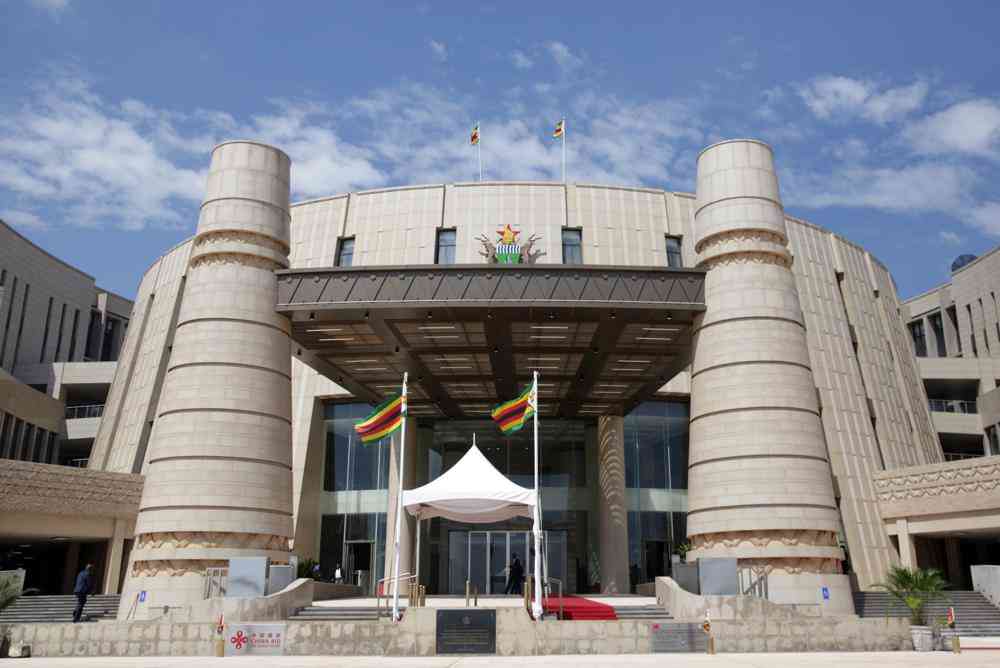
THE Industry and Commerce ministry 2021-25 strategic plan has significant shortfalls in execution, capacity, funding and legislative follow-through.
While the ministry is mandated to foster vibrant, sustainable and globally competitive enterprises, a report by the Parliamentary Portfolio Committee on Industry and Commerce uncovered key shortfalls in execution.
The report was tabled in Parliament.
Among the ministry’s top-tier priorities are the revival of moribund industries, employment creation, value-addition in agriculture and minerals, consumer protection, ease‑of‑doing‑business reforms and economic empowerment.
The committee said these areas remained underdeveloped.
On the legal front, the ministry is working to review several foundational statutes such as the Bonus Prohibition Act, Consumer and Contracts Act, Commercial Premises Lease Control Act, Iron and Steel Industry Act and Sugar Production Control Act.
Draft Bills on economic empowerment and trade measures remain at the Attorney-General’s Office, with the committee expressing concern at the delays.
The 2024 budget, originally ZWG54,2 billion, was revised upwards to ZWG78,2 billion, with 61% earmarked for consumer protection (though only 38% of that directly funds quality assurance), 29% for industrialisation and 10% for policy and administration. The committee warned that industrialisation, the ministry’s core mandate, remains underfunded and capital allocation for parastatal support has been insufficient.
- Cars up for grabs in batteries competition
- Africa should be better prepared for Europe’s security funding shift
- Sadc PF wants right to health enforceable
- AG’s report shows growing impunity at the heart of govt operation
Keep Reading
Human resources have also been stretched.
The ministry’s staff establishment grew from 432 to 742 following a Public Service Commission job evaluation in 2024.
Treasury has not yet approved these additional positions, forcing the ministry to rely on inter-ministerial secondments to maintain service delivery.
Despite stretched budgets and staffing, third‑quarter reports showed 100% utilisation of disbursed funds. However, no capital transfers or equity allocations were made, hindering industrial projects.
Operational performance was mixed — manufacturing capacity utilisation stood at 51,3% against a target of 55%, while rural industrialisation saw only 7 000 hectares earmarked — falling short of the 10 000-hectare goal.
The report scrutinised performance across 10 value chains, flagging recurrent electricity supply failures in sugar and cotton sectors, delays in access to fertiliser due to foreign‑currency and licensing bottlenecks and duty and tariff issues in iron and steel. Additionally, plastic recycling struggled with machinery financing, market connectivity and energy inconsistency.
The Standards Development Fund also lacked a complete employer database until recently, undermining levy verification.
The committee’s assessment paints a mixed picture: strong consumer protection progress and operational compliance exist yet core industrialisation goals lag significantly.
Budget and staffing constraints, coupled with legislative inertia and infrastructure weaknesses, threaten the ministry’s ability to deliver on its mandate, the report revealed.
The committee called for robust funding to restore industrial momentum, accelerate value‑chain growth and ensure timely delivery of legislative reforms.










